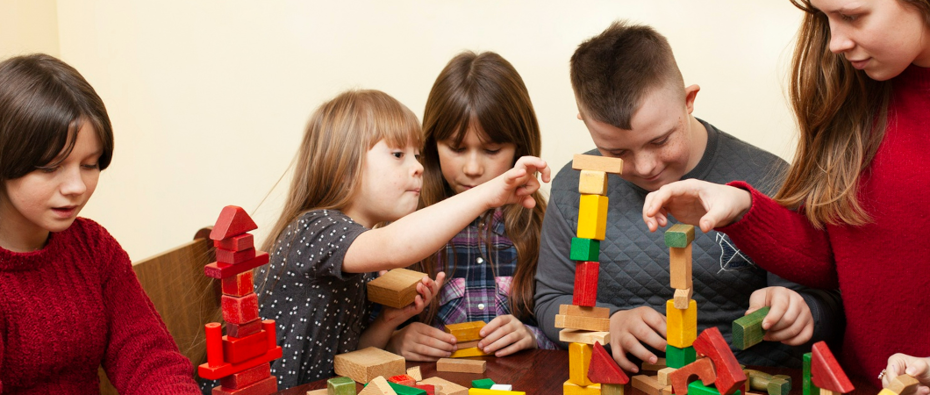
Strategies
Thinking Aloud Example
Adults can model a ‘thinking aloud’ approach to the child or young person whilst planning or completing a task. The child or young person gets an insight into the decision-making process and is supported in sharing ideas for verbal planning.
First draw a child into the process
- “Hmmm, what do I need to do first/next?”
- “How do I start? Any ideas X?”
Prompts them to share their thinking throughout
- “What are you thinking now?”
- “Talk me through the options.”
- “Tell me why you did that?”
- “You’ve stopped/hesitated. Why is that?”
- “Why do you think it’s not working?”
- “Let’s go back to this bit where things were going well, talk me through this bit.”
Praise to offer
- “I like the way you did...”
- “I can see an improvement in...”
- “I notice that you have used the method we tried together last time…”
After an activity
Cue forward-reaching transfer by asking them to reflect on:
- What went well?
- What was hard?
- How could they handle what was hard better next time?
- What skills or strategies have they learned that they might be able to use again elsewhere?
It might help if the child or young person could be provided with visual resources to help them do this alongside an adult.
Glossary
Click the button below to go to the glossary page.

